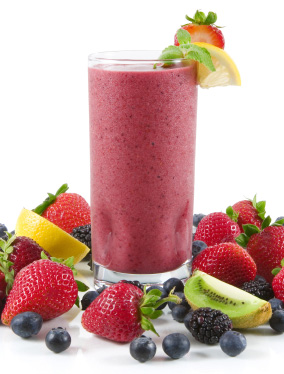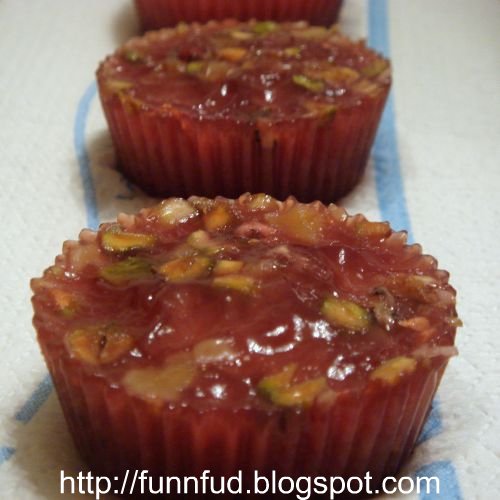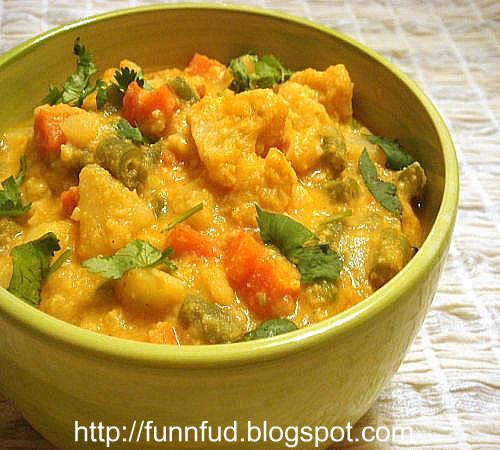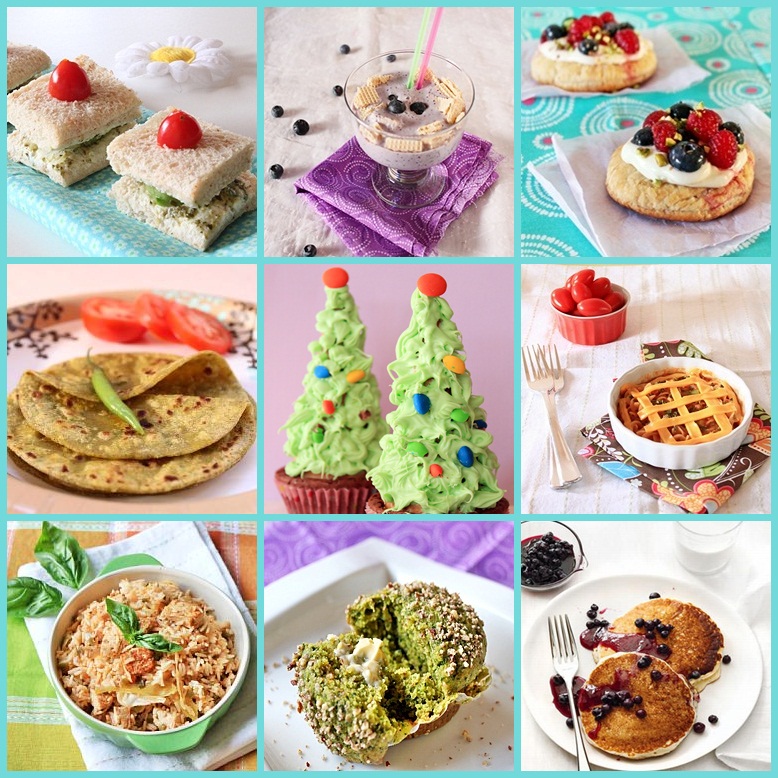Best of 2008 - Recipe Collection

You might have seen a tiny drop in the number of posts on this blog, but that is just because I have enveloped the doctrine that Quality is indeed better than Quantity, at least as far as Food goes - so as personal life gets a bit more demanding, I shall promise to keep delivering good food, nutrition advice and keep sharing all my ideas with you here as well as at Fun and Food Cafe - so keep reading for there's lots more coming in the New Year!
And now, without further ado, here are some of my favorite 2008 Recipes and Articles. Just a recap for those who need a few ideas as you still indulge in the holiday season. I hope you enjoy these recipes as much as we did! Off this goes to Srivalli, who's hosting the Best of 2008 event this month!
Best of 2008 - Savory Tidbits
Spicy Tomato & Bell-Pepper Rice
Paneer & Sun-Dried Tomato Muffins
Instant Microwave Khandvi(Suralichiwadi)
Vegetarian Zucchini Crab Cakes
Spinach Fettucini with Garlic & Cherry Tomatoes
Moong Dal Kachori (basket kachori)
Cheese Ravioli with Tomato-Basil Cream Sauce
Gujarati-Style Handvo - Vegetable Cornmeal Cake
Tri-Colored Dhokla Sandwich
Vegetarian Schezwuan Hakka Noodles
Best of 2008 - Curries & Gravies
Kashmiri Dum Aloo
Hyderabadi Baghare Baingan
Tandoori Paneer Tikka with Mango Dressing
Stuffed Bell Peppers (Bharoni Shimla Mirch)
Mixed Vegetable Korma
Paneer Butter Masala
Bhindi Masala with Peanuts & Coconut
Lauki(Ghiye) ke Kofte
Best of 2008 - Desssert Recipes
Chocolate Nutella Cookies
Fudgy Mocha Pistachio Brownies
Spiced Apple Bread Recipe
Layered Chocolate Cake with White Frosting
Baked Strawberry Dessert Pudding
Moist Espresso Kahlua Brownies
Chocolate Banana Bread
No-Bake Mini Cheesecakes
Raspberry Jelly Swiss Roll Cake
Rasgulla - Traditional Bengali Sweet
Panna Cotta with Balsamic Strawberries
Mango Cake with Streusel Topping
Wish you all a wonderful and joyous 2009. May you be blessed with health and happiness, and of course, good food!:)
Read more!










